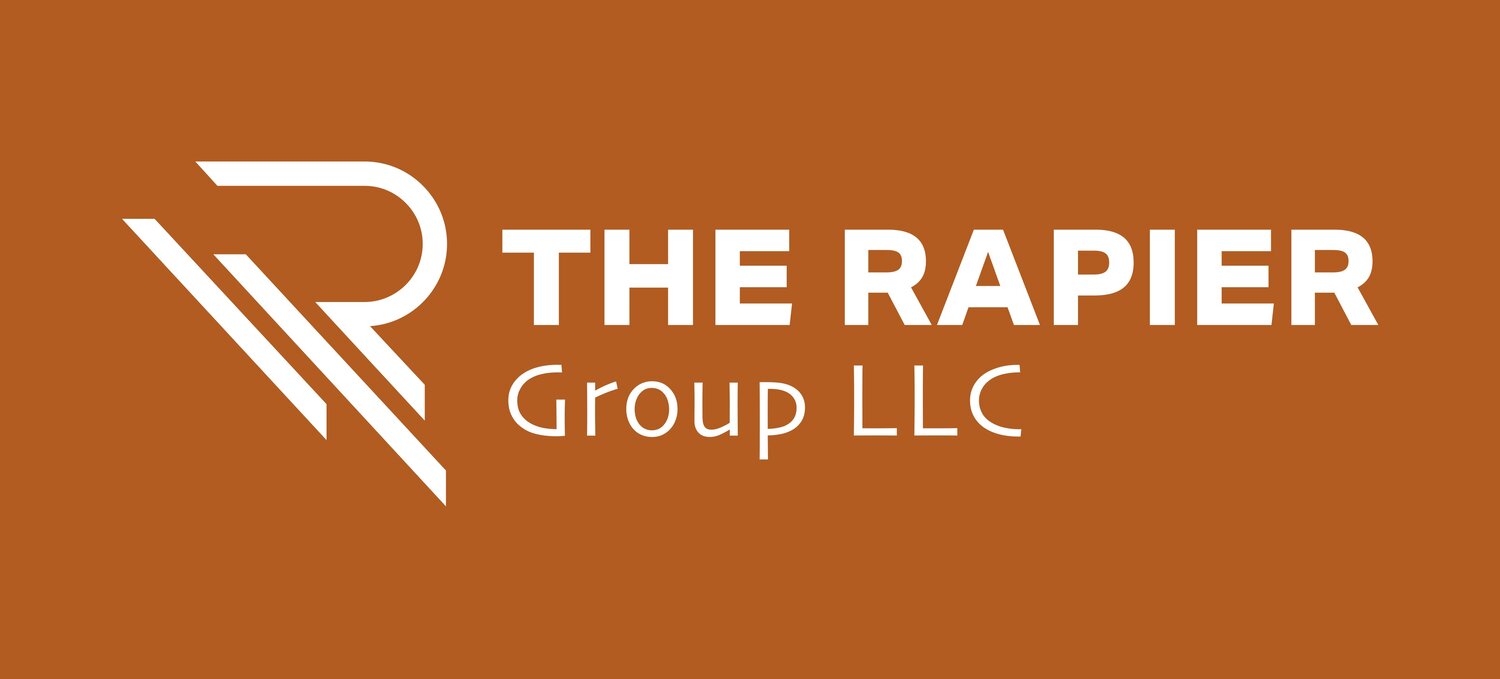Communications is a Process, Not an Activity
Image Courtesy of Jeremy Connell-Waite
In last week’s post, I wrote about some of the fundamental aspects of effective communications. The focus was on the need for good grammar because any message built on a poor foundation is likely to be lost in translation. This post focuses on how what makes a good story and how we need to be aware of how our mental filters affect our ability to understand the message as it was intended to be understood.
In a superb LinkedIn post, Jeremy Connell-Waite shared his visual analysis of Malala Yousafzai’s Nobel lecture. The analysis shows how the address breaks down between its component parts. The element the entire speech is built on is that 130 million girls around the world do not have access to school. From there, Ms. Yousafzai goes on to create a call to action. Using stories, she created an emotional hook. Using data, she provided evidence. Using logic, she linked everything together. These combined to form her call to action – One child, one book, one teacher, and one pen change the world. Preparing for a Nobel lecture is a stage that is bigger than anything 99.9% of us will ever experience. Visualizing our presentations is something we can all do to improve. The size of your stage will determine the level of detail.
Shane Snow shared his thoughts on the importance of knowing that when present our ideas, we have to assume the responsibility of the burden of proof. If we want others to respond to our call to action, we must convince them. To do this we have to meet our audience where they are and guide them to a new place. Julia Dhar shared in a Ted Talk how we can use traditional debating skills to understand our audience’s position better. By putting ourselves on the other side, we can begin to understand what it will take to get people to change their point of view. Business presentations are challenging because our audience will include people who all have different points of view. We need to build our proof recognizing that some will be opposed, others will be supportive, and many will be indifferent to our position.
As we think about the burden of proof, we need to consider the impact AI has on where our audience’s starting positions. With most information gathering happening on search engines, the algorithms that drive what results to display on the first page of results become incredibly important. As AI personalizes results, it excludes alternatives and outliers. The two factors muddle these results. Search engines include results that appear to match what others are looking for at the same time. They also prioritize those firms that pay for the privilege preferred placement. Allison Chaney, Duke Fuqua School of Business, recently discussed how AI creates filter bubbles that put people into echo chambers, often without their realizing it.
In business presentations, we tell stories to establish our point of view and gain consensus on a plan of action. Once we achieve consensus, we must always be alert to new information that would cause us to adjust our action plans.

